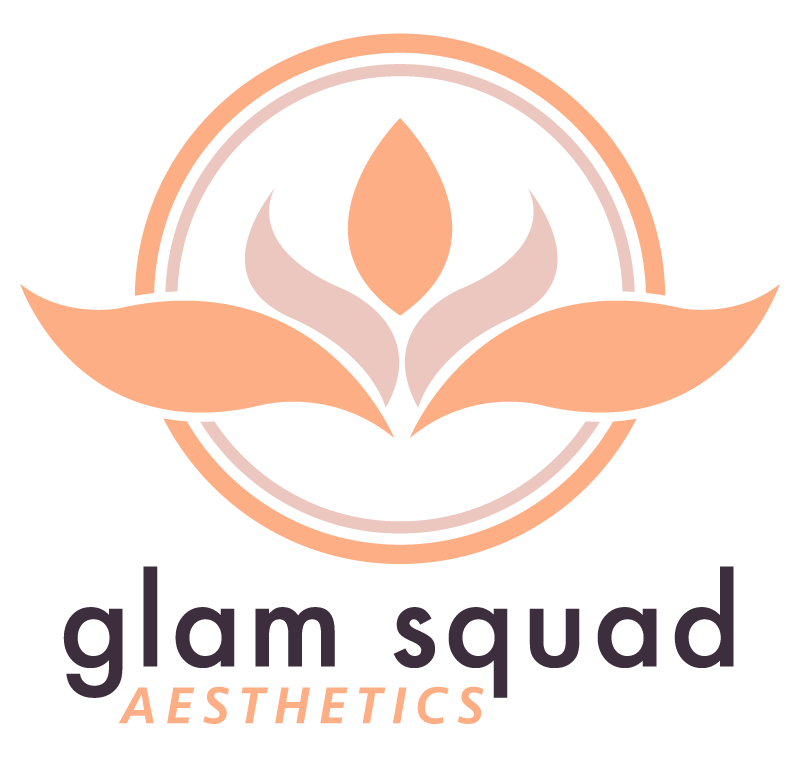Proper training is essential in the cosmetic aesthetics industry, as it ensures that practitioners have the knowledge and skills necessary to perform treatments safely and effectively.
Cosmetic aesthetics involves various procedures, including injectables, laser treatments, and skin resurfacing, which can have serious consequences if not performed correctly. Without proper training, practitioners may not be aware of these procedures' potential risks and side effects, putting both themselves and their clients at risk.
In addition, the cosmetic aesthetics industry is constantly evolving, with new treatments, technologies, and products being constantly introduced. Proper training helps practitioners stay up-to-date with these advancements and provides them with the knowledge and skills needed to provide the best possible care to their clients.
Furthermore, proper training helps practitioners establish credibility and build trust with their clients. When clients are considering a cosmetic aesthetics procedure, they want to know that they are in the hands of a knowledgeable and skilled practitioner. Under proper training, practitioners can demonstrate their commitment to providing the highest quality care.
In conclusion, proper training is essential for the success and safety of any practitioner in the cosmetic aesthetics industry. It helps practitioners stay informed, build credibility, and provide the best possible care to their clients.
